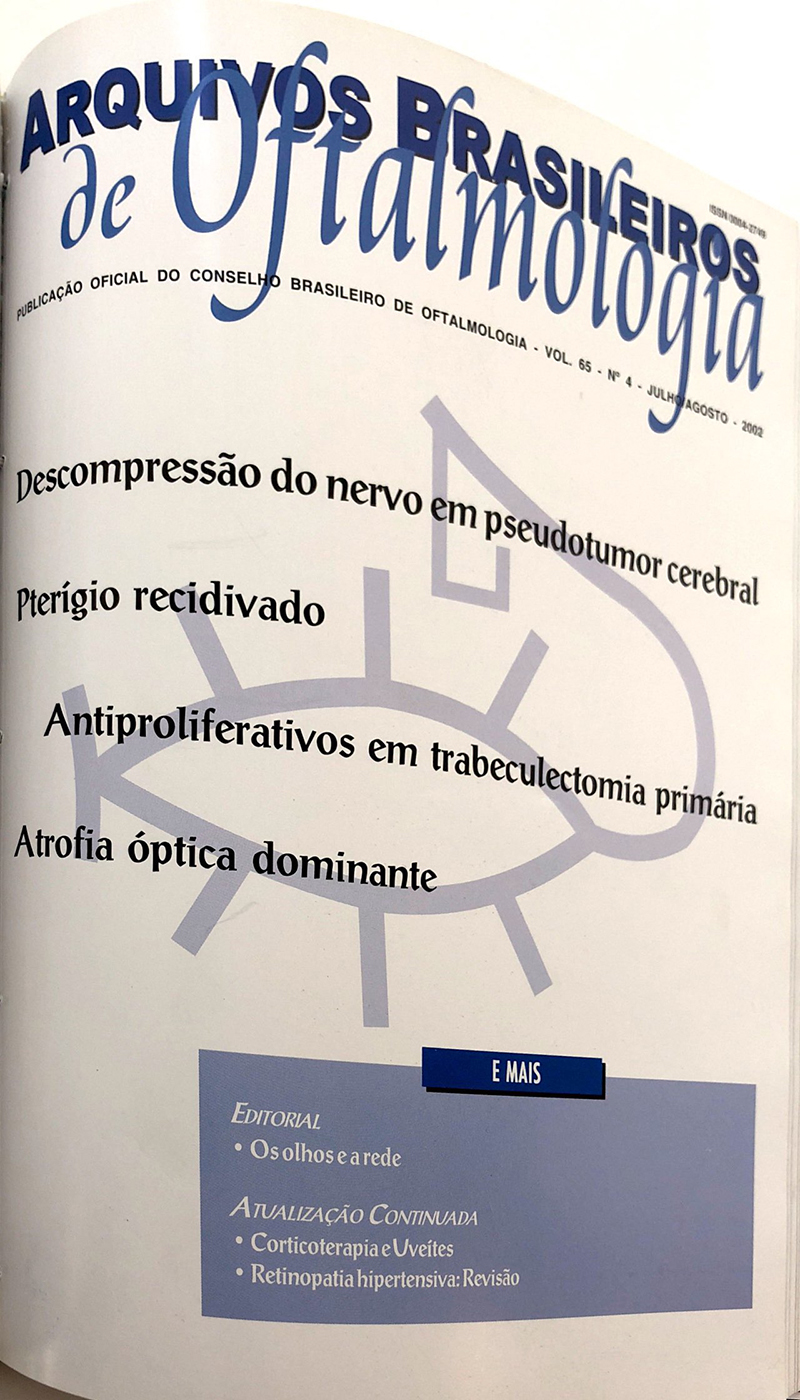Purpose: To evaluate morphologic alterations caused by intravitreous injection of bupivacaine, a long-term local anesthetic agent much used in ocular regional blockades, in the retina of albino rabbits. Methods: The drug was injected at a 0.75% in 0.1ml concentration into the vitreous, close to the retina in one eye, while an equal volume of balanced saline solution was injected into the other eye (control), with indirect ophthalmoscopy performed before, during and immediately after the procedure and at 1hour, 24 hours and 72 hours; both light and electron microscopy were performed at 24 and 72 hours after administration of the anesthetic agent. Results: Immediately following the injection of bupivacaine, ophthalmoscopy re-vealed the retina to have in all cases a whitened aspect close to the injection site, a phenomenon attributed to the presence of spreading depression, which was also found (at less frequency and intensity), in the control eyes. Further found alterations included: retina edema, 6 (60%); area of vitreous condensation, 5 (50%); and papilla pulse, 2 (20%). Conclusions: Intravitreous injection of bupivacaine at 0.75% concentration (used for retrobulbar, peribulbar local anesthesia or a different technique in extended eye surgeries) triggered no morphological alterations when studied by light microscopy; the injection however did trigger mild edema-suggesting alterations in the horizontal cells of the retina of albino rabbits, studied by electron microscopy within the 24 and 72-hour periods.
Keywords: Retina; Bupivacaine; Bupivacaine; Drug toxicity; Rabbits
